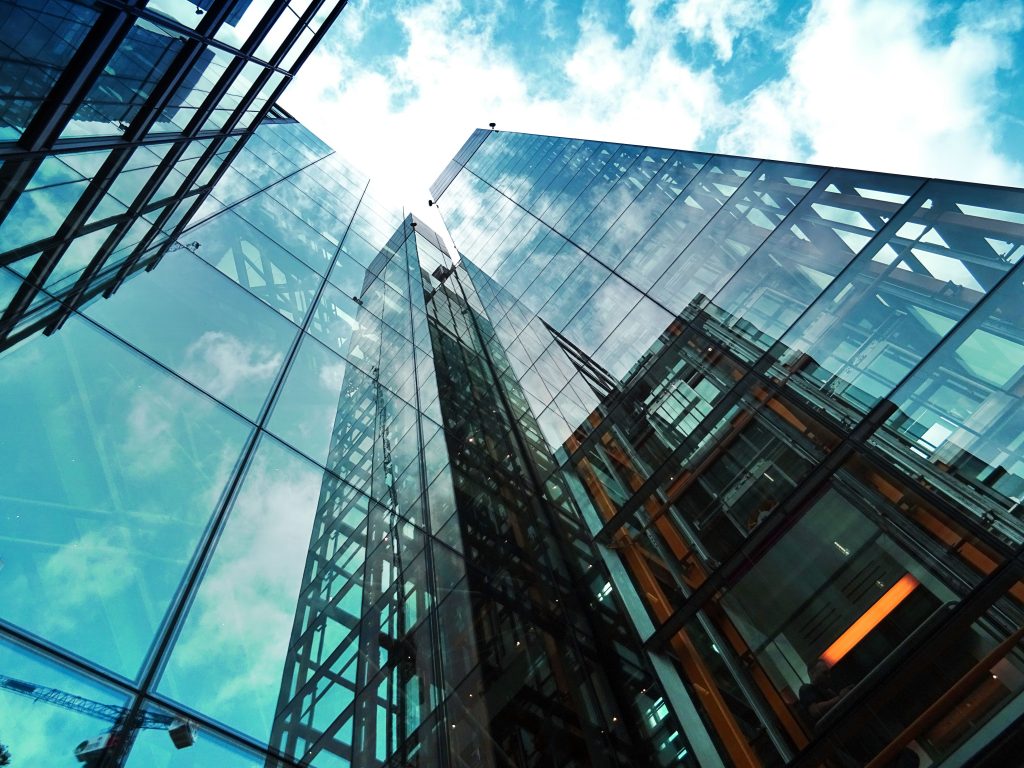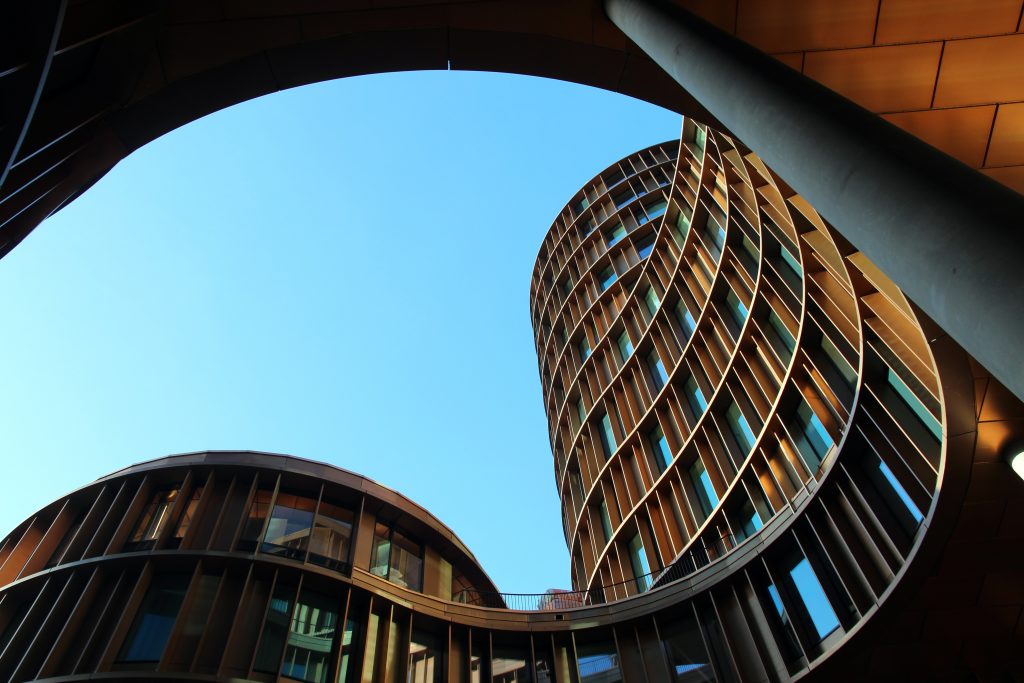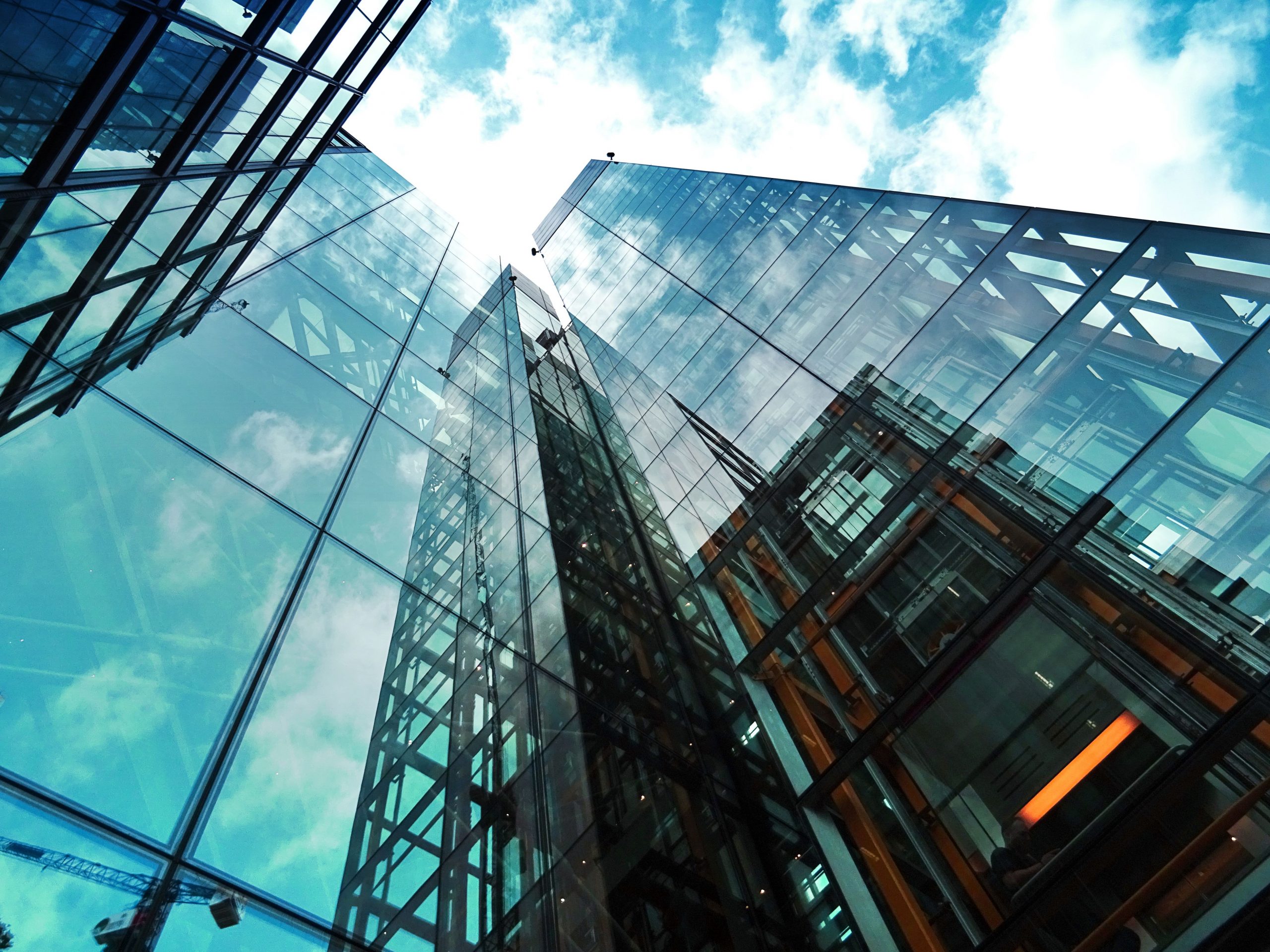Don't miss our holiday offer - 20% OFF!

Read also : The Role of Gas Sensors in Building Safety and Efficiency
Green buildings have become a primary focus in the modern construction industry. In addition to reducing environmental impact, green buildings also offer improved comfort for their occupants. One key factor in achieving energy efficiency and optimal air quality in green buildings is the use of sensors. This article will discuss the crucial role of sensors in creating comfortable and sustainable green buildings.
Contents
Air Quality Sensors

Read also : Fuel Quality Sensor: Enhancing Efficiency
Air quality sensors are small devices that detect various air quality parameters, such as CO2 levels, temperature, humidity, and dust particles. These sensors help monitor indoor air conditions and provide essential information to optimize ventilation and air circulation systems. With the assistance of air quality sensors, building occupants can enjoy cleaner and healthier air.
Lighting Sensors

Read also : Automated Parking Concept: Smart Solution for Availability
Lighting is a critical aspect of comfort and productivity within a building. Lighting sensors can measure natural and artificial light levels inside a room. Data collected by these sensors can be used to automatically adjust lighting, reduce unnecessary energy consumption, and create a more comfortable environment.
Energy Sensors

Read also : Energy Efficiency in Hospitals: Implementing IoT for Sustainability
Energy sensors help monitor energy consumption within a building, including electricity, heating, and cooling. With accurate data from energy sensors, building managers can identify energy-saving opportunities and optimize resource usage.
Sensor Integration

Read also : Security and Privacy in Connected Parking Systems: Challenges and Solutions
One key to success in creating green buildings is the integration of these sensors into a Building Management System (BMS). This allows building managers to control all aspects related to energy efficiency and air quality from a central point. With proper integration, energy usage can be dynamically optimized based on demand and current conditions.
Benefits of Green Buildings

Read also : Security and Preparedness Enhanced by Smart EWS Technology
Utilizing sensors to create green and comfortable buildings offers numerous benefits. Besides reducing environmental impact, green buildings can save on long-term operational costs. Building occupants will experience improved air quality and comfort, leading to increased productivity.
Conclusion

Read also : The Role of Weather Sensors in Forest Fire Monitoring
The implementation of sensors in green buildings is a crucial step towards better energy efficiency and optimal air quality. With well-integrated air quality, lighting, and energy sensors, buildings can become more environmentally friendly and provide unmatched comfort to their occupants. In an era of energy uncertainty and climate change, solutions like these are becoming increasingly relevant for the future of sustainable building construction.





